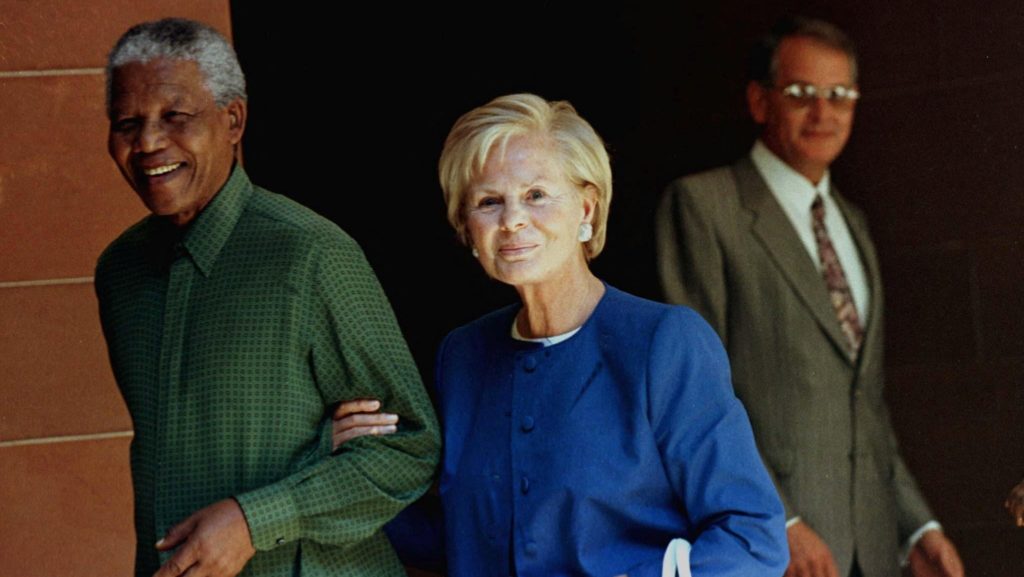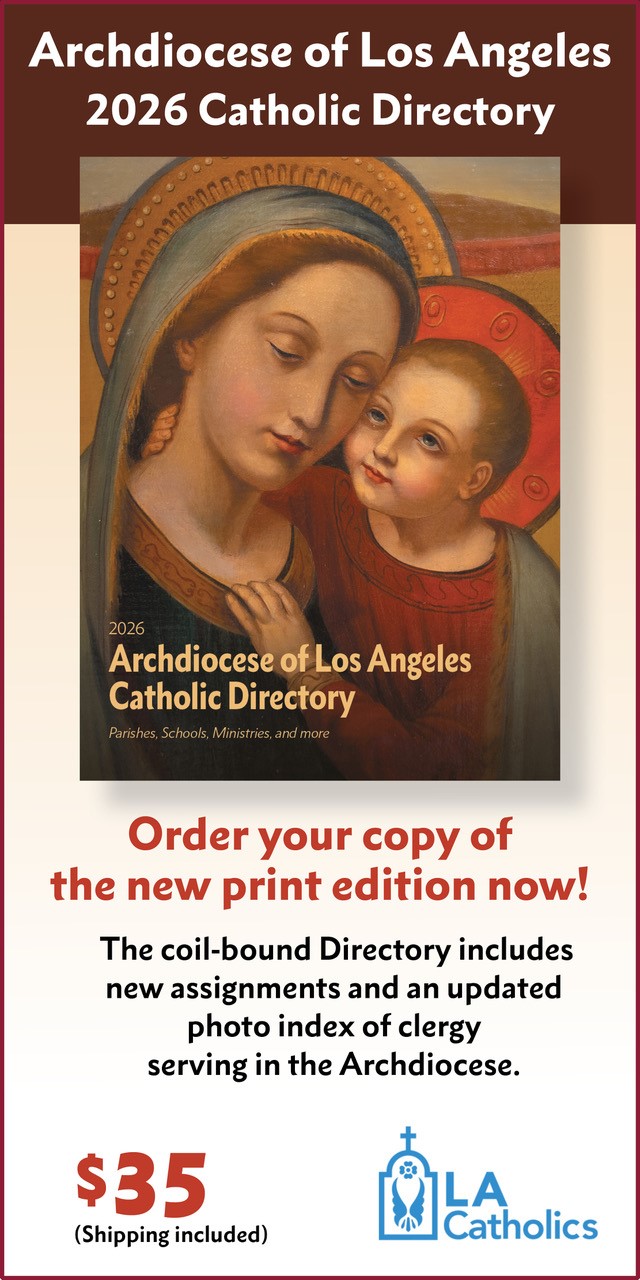Remembered for her passion for charity, teaching music and unwavering humility, the Duchess of Kent -- a senior Catholic member of the British royal family -- died Sept. 4 at age 92.
Cardinal Vincent Nichols of Westminster said in a Sept. 5 statement that he recalled "with fondness" the memory of the duchess, born Katharine Lucy Mary Worsley, who became a Catholic in 1994.
"I have received with sadness the news today of the death of Her Royal Highness, Katharine, the Duchess of Kent," said Cardinal Nichols, president of the bishops' conference of England and Wales.
"I recall with fondness her presence in our community, especially her participation in the pilgrimage to Lourdes, as well as her lifetime of public service," said Cardinal Nichols.
"I have written to His Royal Highness the Duke of Kent and assured him of the prayers of the Catholic community in England and Wales," the cardinal continued.
"We pray that God will receive her soul into heaven, the promise given to us by Our Lord, Jesus Christ. May Katharine now rest in peace and rise in glory."
The duchess was received into the faith by Cardinal Basil Hume in 1994 in a private ceremony at Westminster Cathedral, discussing the possibility of becoming a Catholic as early as the 1980s. She was the first British royal to join the Catholic faith since 1685.
"Her decision was supported by her husband's cousin, Queen Elizabeth -- who decided that Prince Edward's position in the line of succession would remain unaltered," the BBC said.
She was thereafter an active and committed Catholic, often serving as a helper to sick and elderly people on pilgrimages to the Marian shrine of Lourdes, France, for instance.
She not only became a patron of the Samaritans -- a charity aimed at providing emotional support to anyone in emotional distress, struggling to cope or at risk of suicide throughout the United Kingdom and Ireland -- but also underwent a 10-week training course so she could work four-hour shifts counseling people on the brink of suicide.
She also supported The Passage, a Catholic Church-run charity for people who are homeless.
The duchess seldom used her title of Royal Highness and increasingly preferred obscurity to royal duties. Eventually she disappeared from public life, choosing instead to teach at a primary school in Hull, in the north of England, from 1996 to 2004.
"She made weekly 400-mile round trips to teach, driven by love for music and children," her own charity, Future Talent, said in her obituary.
"Deliberately understated, she was known simply as 'Mrs Kent,' and her pupils and their parents were unaware of who she truly was," the charity said.
The death of the duchess was announced "with deep sorrow" by Buckingham Palace in a Sept. 5 statement to the media.
The statement said that the duchess "passed away peacefully" at Kensington Palace, her London residence, "surrounded by her family."
It said that King Charles III and Queen Camilla and "all Members of the Royal Family join the Duke of Kent, his children and grandchildren in mourning their loss and remembering fondly the duchess's life-long devotion to all the organizations with which she was associated, her passion for music and her empathy for young people."
On Sept. 6, Buckingham Palace said that the duchess will be buried in Windsor following a Sept. 16 requiem Mass at Westminster Cathedral in London.
The statement said that initially the Duchess's coffin "will rest in the private chapel at Kensington Palace" before it will be taken by hearse to the cathedral on Sept. 15, where "the Rite of Reception and Vespers will take place."
The coffin will rest overnight in the Lady Chapel and the king and queen and other members of the Royal Family will join mourners for the funeral the following day.
According to reports in the British media, Cardinal Nichols will preside at the funeral, and the Anglican dean of Windsor will also participate.
The duchess came from a wealthy, but not aristocratic family and became the first nontitled person to marry a member of the British royal family since the Tudor period when she wed Edward, the Duke of Kent and a cousin of Queen Elizabeth II, in 1961.
Their first son, George, was born in 1962, followed by Helen in 1964 and Nicholas in 1970.
In 1975, she contracted measles during the pregnancy and aborted a fourth child on medical advice -- and upon consulting Anglican religious authorities.
The experience had a deep impact on her life and in 1977 she was unable to deliver a speech to the British Congress of Obstetrics in 1977 -- and instead it was read on her behalf, the Telegraph said in its massive obituary on the dutchess.
In her speech, she expressed the view that human life was a gift from God, and she praised the pro-life movement.
Two years later, she lost her fifth child, baby Patrick, when he was stillborn. "It had the most devastating effect on me," she later said, BBC reported.
"I suffered from acute depression for a while. I think it would be a fairly rare individual who didn't cave in under those circumstances," she said.
For decades, the duchess was however seen as a real beacon of empathy and associated with the annual international tennis championship at Wimbledon, London, presenting the Ladies' Singles Trophy from 1976 to 2001 on all but three occasions.
One instance became iconic when in 1993, the Duchess of Kent comforted a devastated Jana Novotna, a Czech tennis player, who lost the final to Steffi Graf, simply hugging her.
She is survived by her husband and three children -- the youngest of whom, Nicholas, followed her into the Catholic faith in 2001.

